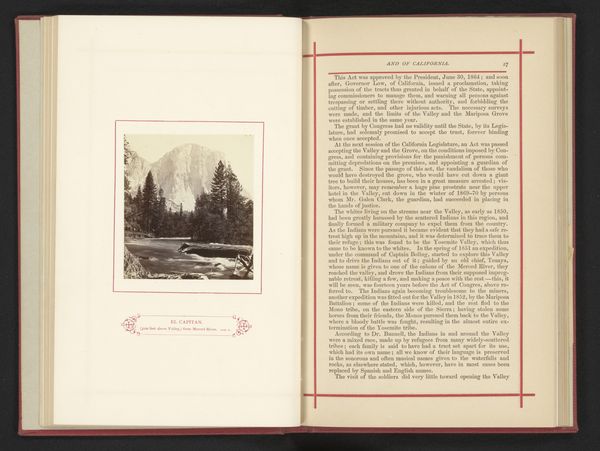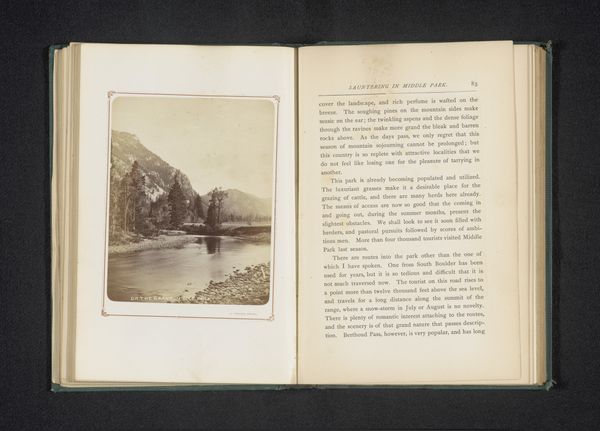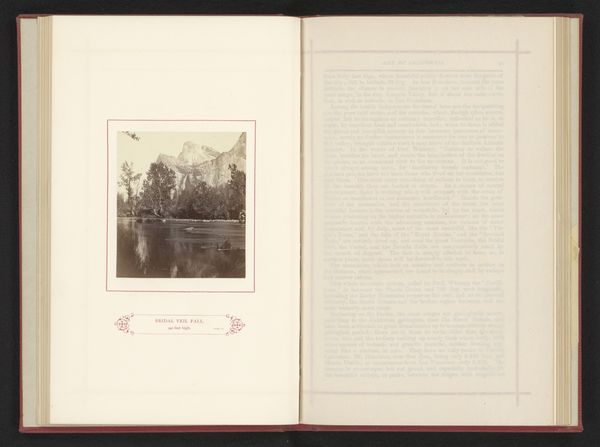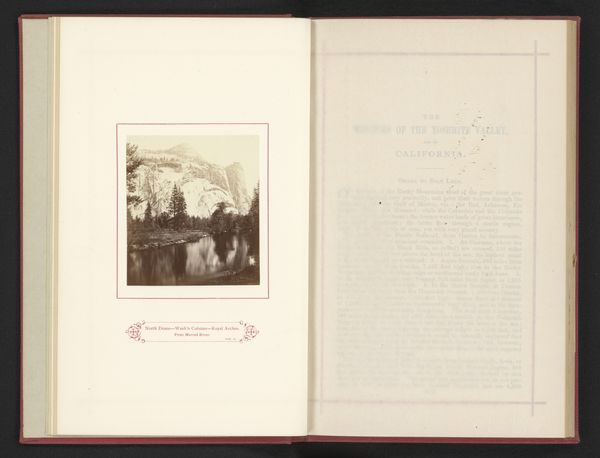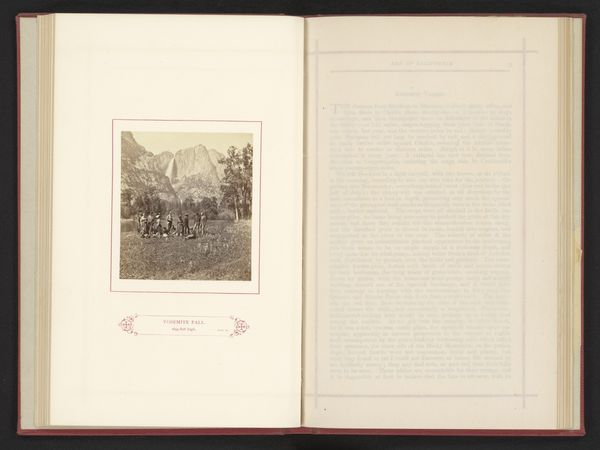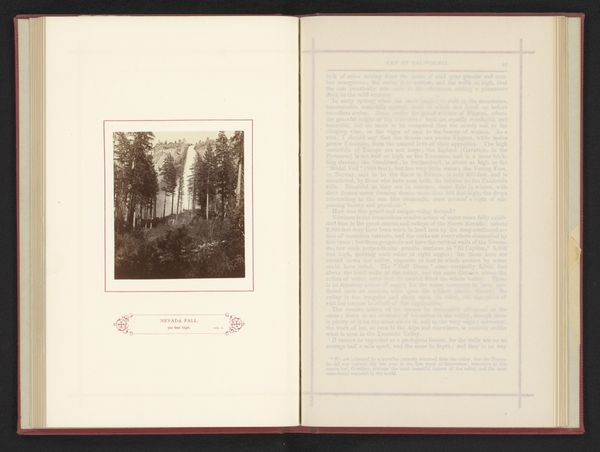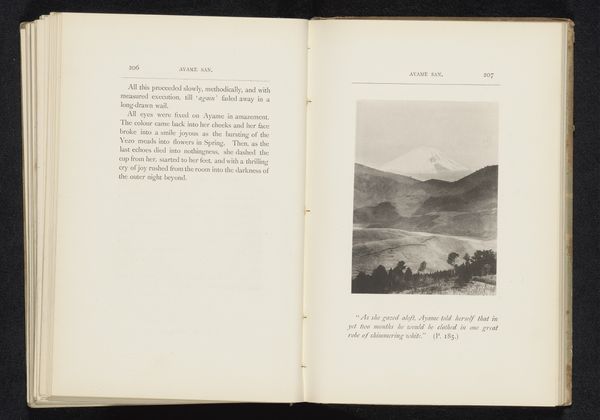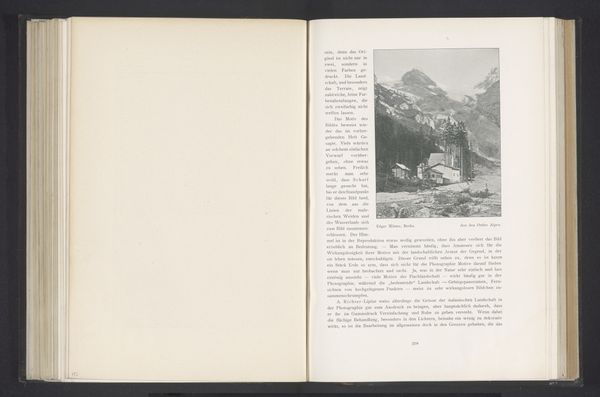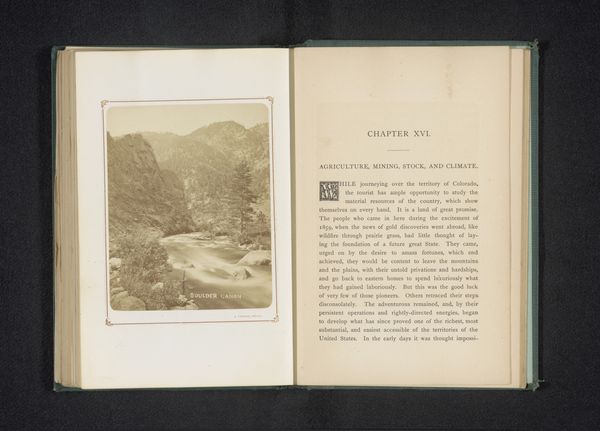
print, photography, gelatin-silver-print
# print
#
landscape
#
photography
#
mountain
#
gelatin-silver-print
#
hudson-river-school
Dimensions: height 91 mm, width 81 mm
Copyright: Rijks Museum: Open Domain
Curator: Here we have a gelatin-silver print entitled "Gezicht op de Half Dome in de Yosemite Valley," or "View of Half Dome in Yosemite Valley," captured before 1871 by John P. Soule. What strikes you first about this work? Editor: The quiet immensity of it. There’s a stillness, almost a spiritual silence emanating from that monolithic rock face. It’s humbling, really. Curator: It is a powerful image, particularly when considered through the lens of its time. Soule, like many photographers associated with the Hudson River School, sought to capture the sublime, untamed American landscape. But who was it untamed for? The representation often excluded indigenous peoples, invisibilizing their pre-existing relationship to the land. Editor: That’s a crucial point. The photographs of Yosemite, while celebrated for their artistry, also served a powerful role in the national project of expansion and environmental management. It reinforces the idea of pristine wilderness, ripe for claiming and control. Curator: Precisely. How does this play out through the composition of the image itself? Editor: I'm drawn to the lower portion. There is an outcropping and line of fencing that appears man-made, like a boundary or an entrance—foregrounding the ways the untouched landscape is already being mediated. It highlights our relationship to nature, rather than its autonomy. Curator: Indeed. And within that frame, consider the technical aspect: gelatin silver prints were capable of producing a wide range of tonal values, allowing Soule to capture the nuances of light and shadow on the rock face and in the foliage, enhancing that sense of sublime grandeur. Editor: It's difficult to look away from that Half Dome. In this rendering, it transforms it into this symbol—one laden with complicated and sometimes violent, historical implications. Curator: Looking closer has, for me, emphasized how images, no matter how "objective" they appear, are deeply implicated in socio-political contexts. Editor: And I see now that my initial feeling of silent awe needs to be tempered by this critical understanding of whose stories were left out of the frame.
Comments
No comments
Be the first to comment and join the conversation on the ultimate creative platform.
